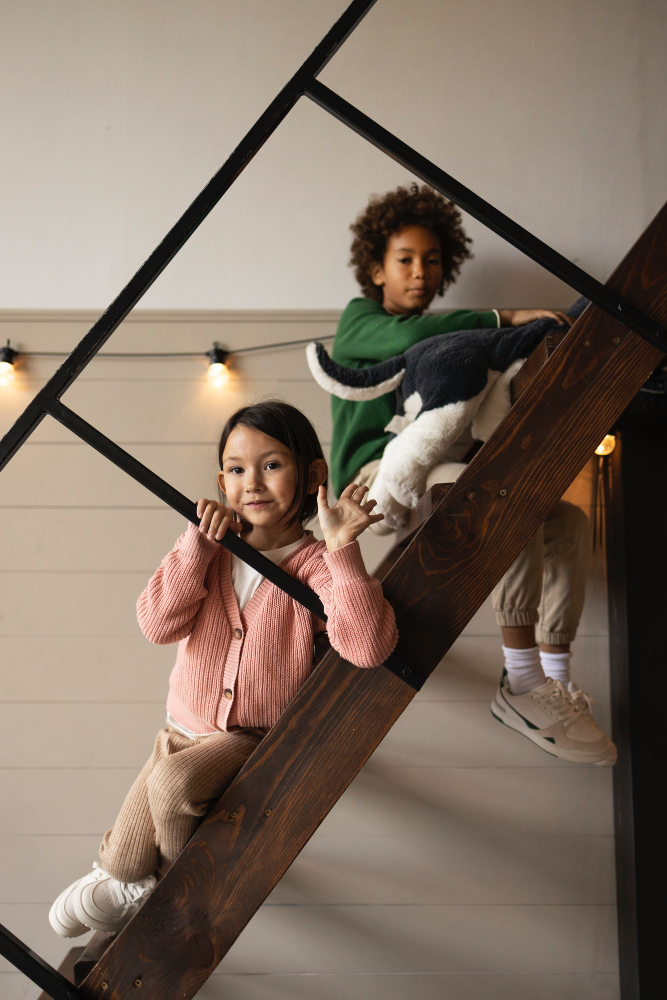For children with a pathological demand avoidance (PDA) profile—those whose nervous systems interpret external control and unpredictable sensory or relational conditions as threat—the environment is not a neutral backdrop but an active force shaping their every moment. When we expect adaptation without accommodation, we create distress. When we shift the setting, the child shifts in response. Predictability, sensory control, and physical safety are not luxuries—they are the ground from which connection, curiosity, and co-regulation can grow.
The practice: Think like a detective
Begin with the assumption that something in the room is hurting or threatening the child—even if it seems invisible or mundane to others. Step into the space through their nervous system. Ask:
- What sounds reach their ears and in what pattern?
- What visual clutter overwhelms their gaze or attention?
- What transitions occur without warning, and what parts of the room carry a charge from past experiences of discipline or distress?
- Where can they retreat or observe?
- Where can they assert control without conflict?
- What parts of the environment demand performance, and where are they free to be?
Make changes from this place of investigation. Cover buzzing lights. Place soft seating near exits with back facing a wall. Choose lamps over overhead glare. Reduce auditory input. Offer personal cubbies, floor mats, beanbags. Avoid crowded visuals. Adjust the pace of space. Rebuild the physical world as if the child’s body is sacred and your job is to make sure it never has to flinch.
Why it works
PDA is a profile marked by an internal sense of threat—not because the child is fragile, but because their system is highly attuned to external control, overwhelm, and loss of autonomy. When you create an environment that is safe from those threats, you change the relational tone before words are even spoken. This is the opposite of behaviourism. You are not using the environment to shape behaviour. You are using the environment to offer safety, and safety reshapes behaviour from within.
If you’re the parent
You are allowed to be radical in the sanctuary you create. It does not matter if other children “can handle” the classroom, the soccer field, or the birthday party. You are allowed to leave early, to pack noise-cancelling headphones and bring weighted stuffies and skip the group circle and go to the museum on a quiet Wednesday instead of Saturday. Optimising the environment is a legitimate form of love.
If you’re the teacher
You are allowed to change the room. You are allowed to set up one chair by the door and call it the thinking nook. You are allowed to replace timers with music cues, and give early access to the art room, and let a student keep their hoodie up without requiring an explanation. You are allowed to think in terms of sensory sequence, relational demand, and internal landscape—not just curriculum or classroom management. You are building a place of safety, and from there, everything becomes possible.











